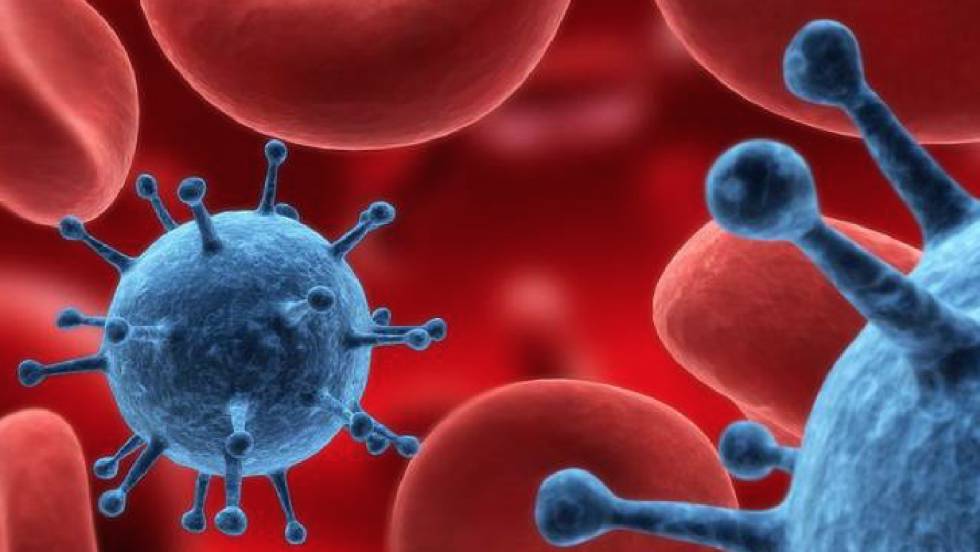NYSTAGMUS

Definition ;
Involuntary
to and fro movements of the eye in
horizontal /vertical or rotary or mixed direction.
 Types
; Classified according to the direction of movements :
Types
; Classified according to the direction of movements :
horizontal
Vertical
Rotary
Rarer
types
Horizontal
nystagmus :
Site
of the lesion;
can be at any one of the following;
1. Retina
2. Vestibular lesions
3. Medullary lesions
4. Cerebellar lesions
5. Medial longtitudinal bundle
of the brain stem.
Classification according to the type of movement ;
Pendular
Jerk nystagmus.
Pendular ;amplitutude of the
movement is equal in all directions
Jerk Nystagmus : consists of a
slow phase and then a fast phase .
-corrective movement. Fast
phase determines the direction of nystagmus.
Vertical nystagmus on vertical gaze
Upbeat nystagmus; fast phase upwards –occurs inmidbrain lesion
Down beat Nystagmus; fast phase downwards; Occurs in medullary lesions.
Rotary
nystagmus;
occurs in labyrinthine lesions.
Rarer
types of nystagmus ;
Sea-saw
nystagmus
Occurs in supra sellar lesions
.
Intortion or inward movement of
one eye and extortion –outward movement of the other eye.
Convergence/retraction
nystagmus:
Occurs in midbrain lesion
Physiology
of nystagmus;
the normal maintenance of ocular posture depends on a) retinal input to the cortex b)
labrynthine input
C) Central connections of
vestibular nuclei with brainstem and cerebellum.
Hence Nystagmus can be caused
by
1.retinal disease
labrynthine disease
Cerebellar disease
Brainstem disease
Examination for Nystagmus:
Nystagmoid Movement :
Occurs normally at extreme of gaze fixation.
True Nystagmus ;to test eyes
should deviate just 30°from midline.
Fig
Degree
of nystagmus;
I degree- with eyes deviated to
only one side.
II degree: With gaze to one
side andin midline also.
III degree; With eyes in any
direction
I.Retinal
or ocular nystagmus:

 Physiological Pathological (Ocular
nystagmus)
Physiological Pathological (Ocular
nystagmus)
Optokinetic In cases with defective
vision
1.Pendular
2.Rapid
3.Persistant thr’ lifetime
4.
Intensifies while looking to side
Causes;
Albinism
Congenital
cataract
Congenital
macular defect
II.
vestibular Nystagmus :
Can
arise from natural stimulation of vestibular apparatus
Damage
to the vestibular apparatus can cause imbalance between 2 sides.So drift to
damaged side and fast compensatory movement to opposite side.
Physiological
vestibular nystagmus can be caused by
caloric test.
Pathological
by damage to vestibular apparatus or vestibular nuclei.
Fig
;
III .Labrynthine nystagmus ;e.g. Miniers
disease ,vestibular neuronitis
- Slow phase to the side of
the lesion
- Fast phase to normal side
- In severe cases III degree
nystagmus
- nysagmus intensifies if
eye turned to opposite side.
- Vertigo can accompany.
IV. Positional
Nystagmus:another form of labrynthine nystagmus
Occurs
when patient assumes acertain posture.
To
elicit : suddenly reposition the patient from lying to sitting posture or
viceversa.
1. occurs after a delay of seconds
2. Often rotary
3. but fatigues on repeated
testing .
V. C.N.S. nystagmus
Damage
to central connections of vestibular nerve
1.Vestibular
nuclei in the medulla
2.Brainstem
3.Cerebellum.

 C.N.S
nystagmus : horizontal
C.N.S
nystagmus : horizontal
Vertical
Dissociated
(unilateral only)
- Direction of fast phase is
determined by direction of gaze(multidirectional)
- Vertigo absent
- Signs of other nuclei or
tract involment in brain stem.
Etiology
:
Vascular,demyelinating,tumor,¶Wernicke,s, alcoholic,nutritional,eptoin
Cerebellar
Nystagmus:
Features: Quick phase to the side of the lesion (as
opposed to Labrynthine)
Rebound Nystagmus;
When
eyes overshoot on returning to resting position in midline.
Posterion
fossa Lesions ;
This can cause positional
nystagmus.D.D:Labrynthine disease.
1. Absence of delay before onset
2. 2.No fatigue on repeated
testing.
3. Can occur with any head movement.,not just in one position.
VI.
Internuclear ophthalmoplegia (Ataxic Nystagmus)
M.L.F Lesion.
¶MLF Connects 3rd and 6th nerve nuclei
to opposite side nuclei so that coordination of eye movement occurs normally.
Hence MLF lesion causes
dissociated nystagmus;i.e. eyes no longer move as one. So there is nystagmus in
one eye, not in other.
Features: ✣Failure
of adduction (3rd nerve nucleus is mainly affected)
✣Nyastagmus
in the abducted eye.
In Unilateral MLF lesion eye
fails to adduct to affected side.
Differential; bilateral 3rd
nerve lesion .
✿
Pupils not affected✿When
eyes are tested individually for movements some adducton occurs.
Fig
VII.Congenital Nystagmus:
❊Present from birth.
❊Family history may be present
❊It
is important to recognize this so that unnecessary investigations are –avoided.
NNNNNNNNNNNNNNNNNNNNNNNNNNNNNNNNNNNNNNNNNNN







